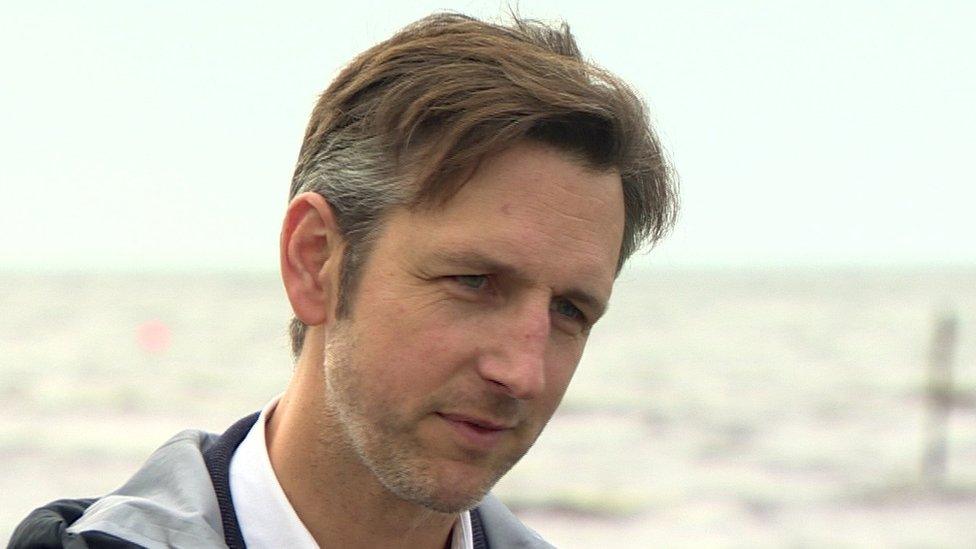Earl and minister hold 'constructive' Lough Neagh talks
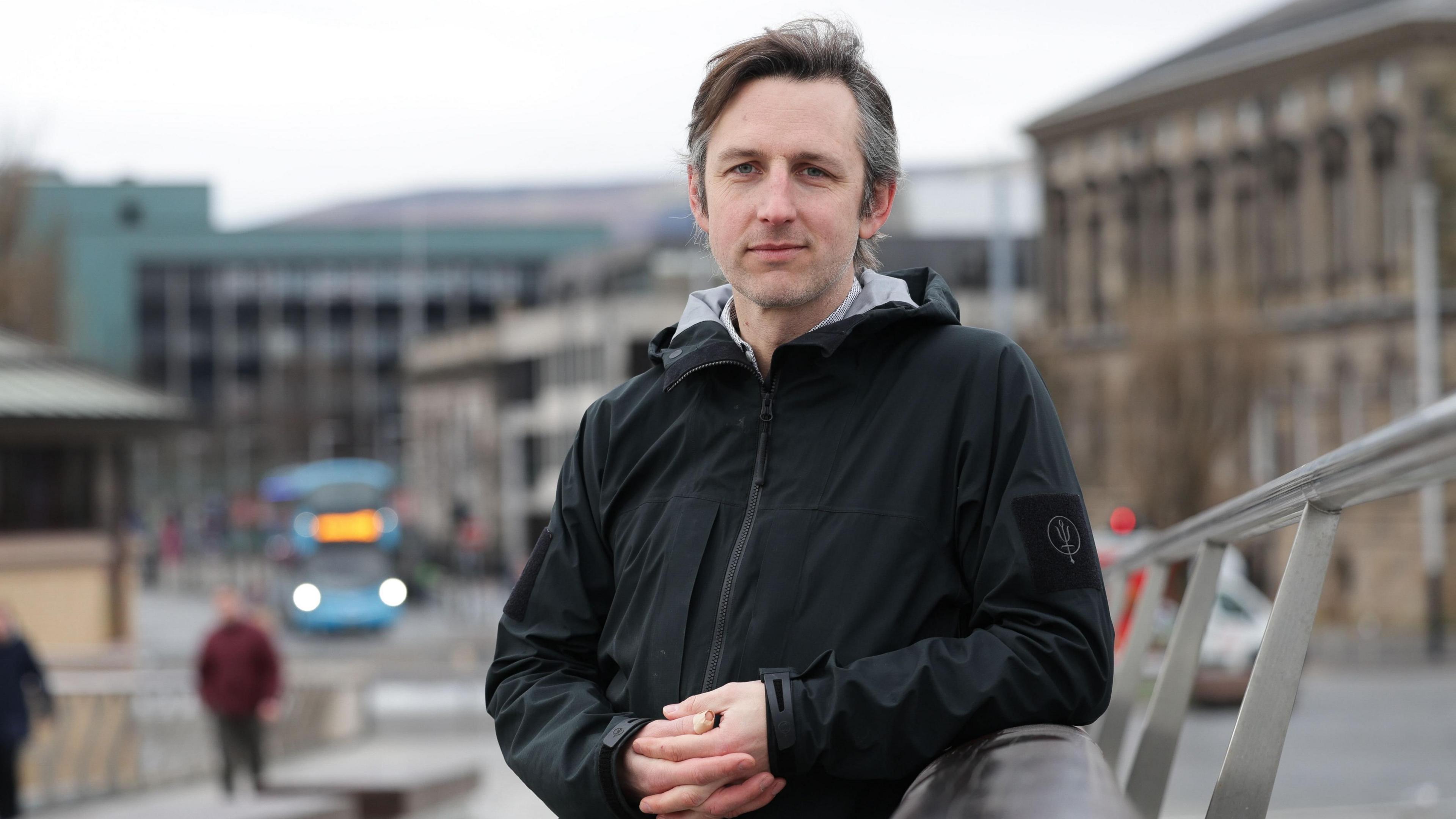
Nicholas Ashley-Cooper is the 12th member of his family to hold the title of Earl of Shaftesbury
- Published
The Earl of Shaftesbury has said he has held constructive discussions with Stormont's environment minister over issues affecting Lough Neagh.
It comes after the Lough Neagh Partnership warned harmful blue-green algae was "back with a vengeance".
The blooms can be a risk to human and animal health.
The earl, Nicholas Ashley-Cooper, who owns the bed and soil of the lough, travelled to Belfast on Wednesday to meet some key stakeholders.
There have been calls for him to transfer ownership into public hands.
The earl said there was a need to "work together to secure the lough’s long-term future" and added his talks included highlighting the importance of a Lough Neagh Report and Action Plan.
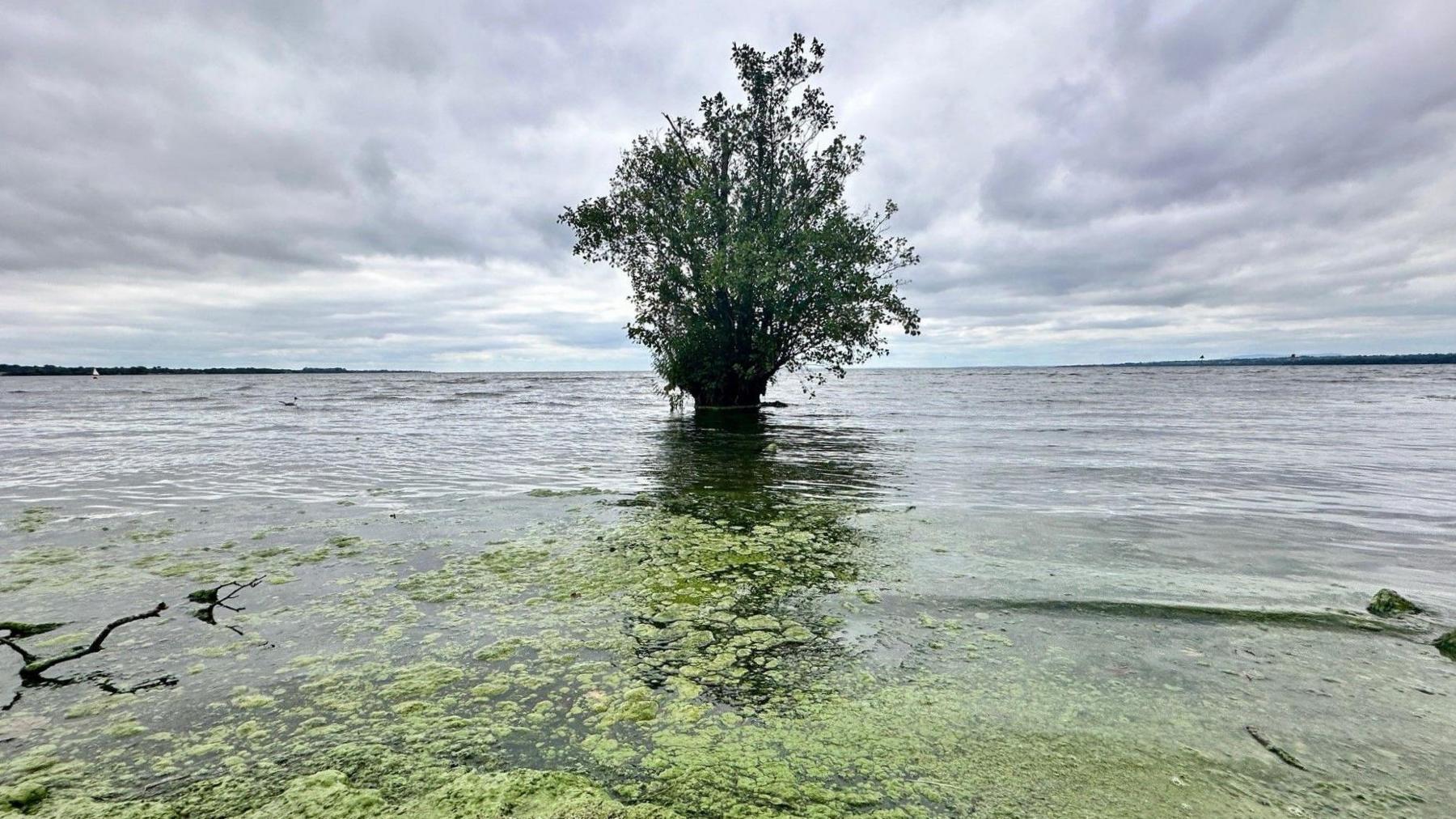
Blue-green algae is visible around the popular Antrim Lough Shore walking area
Mr Muir's plan, external includes 20 actions his Department will take to "improve water quality, address the challenges in Lough Neagh and tackle blue green algae".
The Earl of Shaftesbury said he "reiterated his commitment to work with his team and other stakeholders to find solutions".
Last year saw the lough, the UK's largest freshwater lake, was blighted by large blooms of the potentially toxic blue-green algae.
It supplies about half of Belfast's drinking water and about 40% of Northern Ireland's overall.
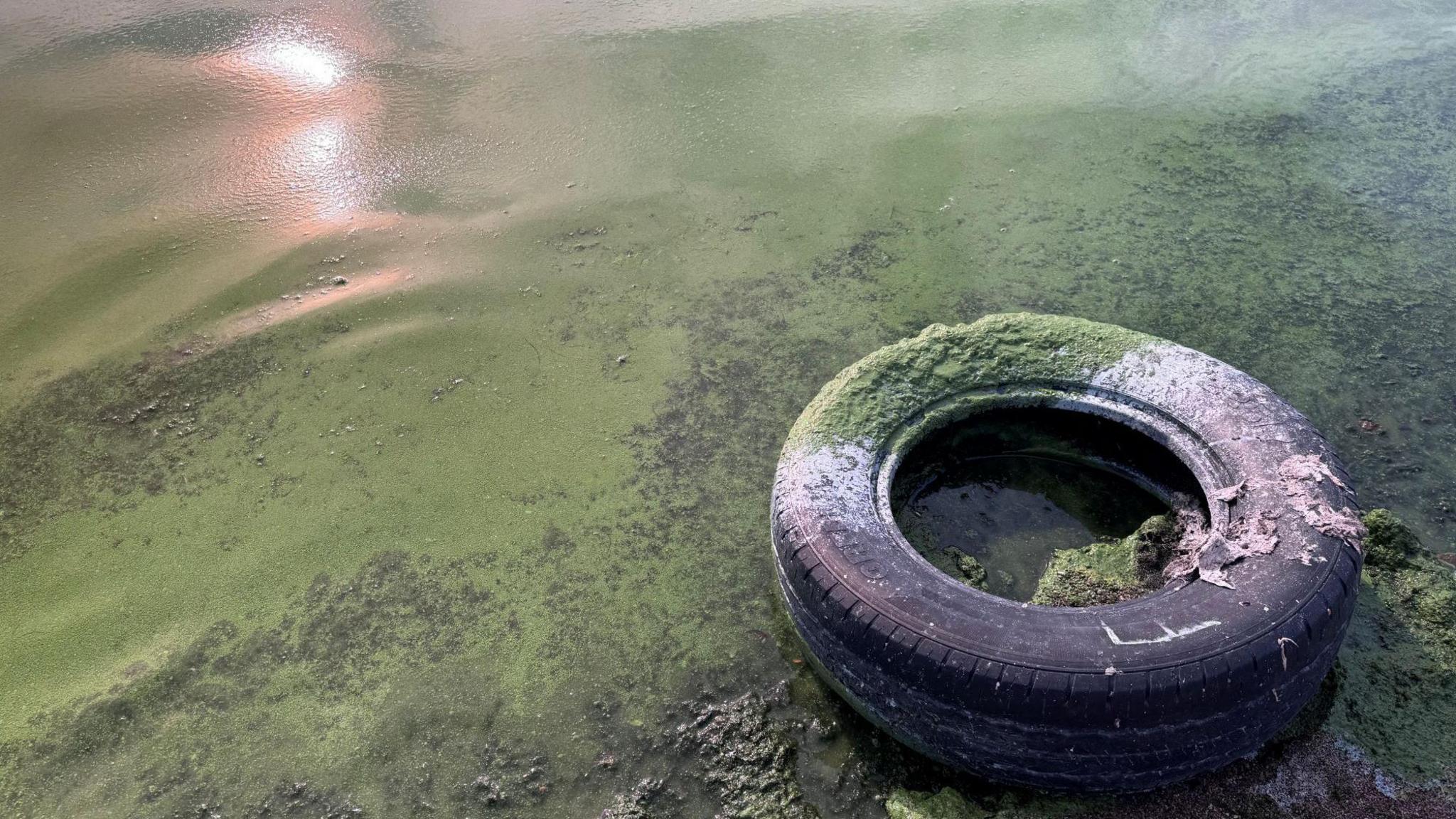
Campaigners have raised concerns about the future of the lough
The Shaftesbury estate has held ownership of the bed and soil of Lough Neagh since the 19th century, after the Chichester family took control in the 17th century.
Lord Shaftesbury, who is the 12th member of his family to hold the title of earl of Shaftesbury, told BBC News NI last year he was open to the idea of selling the Lough but would not be giving it away.
Following a meeting with Andrew Muir in February, he said his position had not changed.
Ahead of Wednesday's meetings, People Before Profit MLA Gerry Carroll said the earl had "no right to Lough Neagh" and should give it "back into public ownership before leaving Belfast".

Large swatches of green can be seen in the water on the lough's western shore at Ardboe
BBC News NI agriculture and environment correspondent Louise Cullen said no short-term kneejerk reaction is going to change the fact that algal blooms will continue to happen.
The amount of phosphorus already in the sediment will take 40 years to be naturally dispersed, according to scientists, even if nothing more was to flow into the water from now.
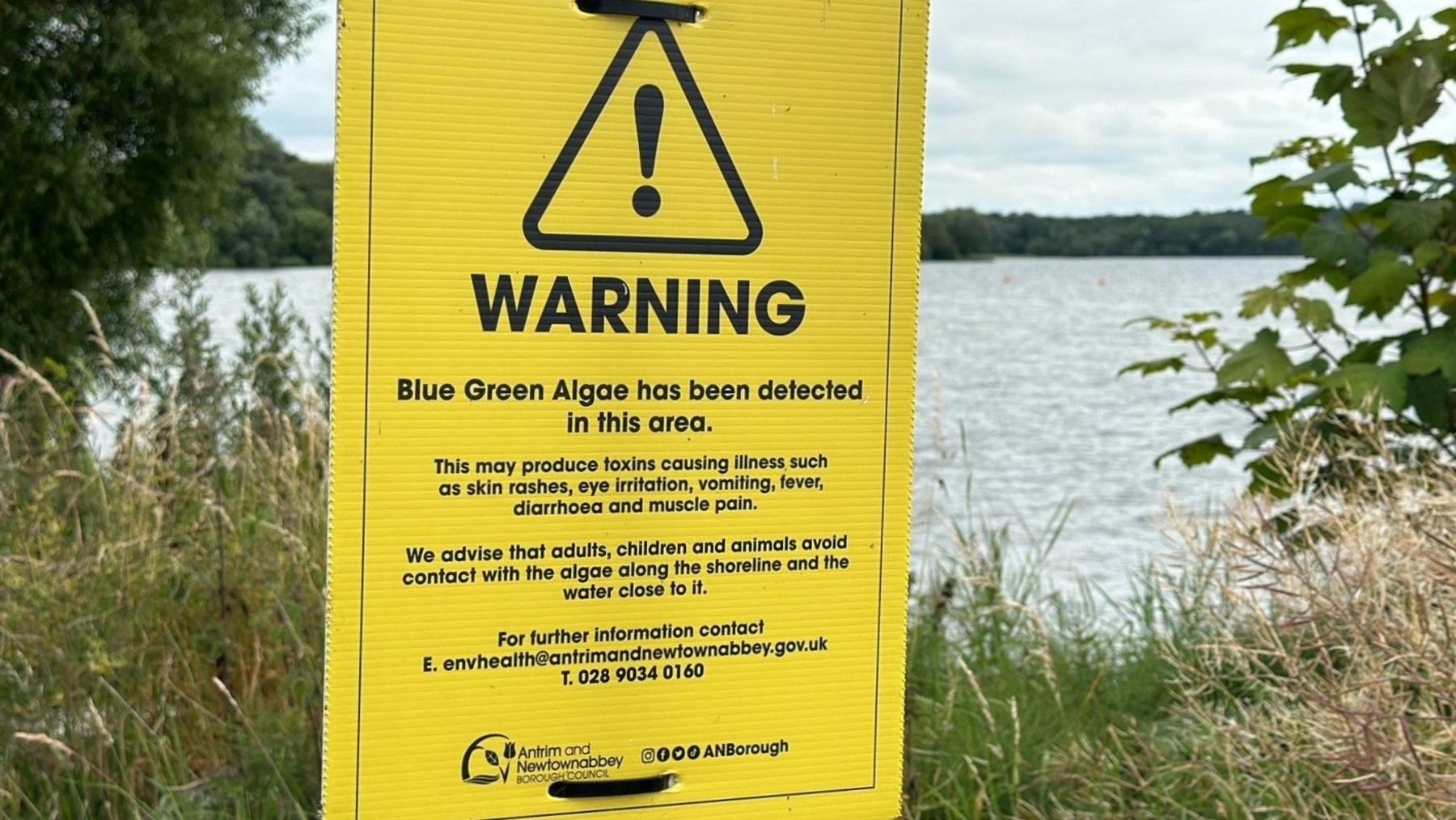
There are warning signs around the lough about the risks involved
Stormont action plan
At the start of June, Mr Muir announced a range of actions to tackle the problems of Lough Neagh.
The measures are part of the Lough Neagh Report and Action Plan that fall under his department.
They included a research initiative as well as a tree-planting project and programmes aimed at supporting farmers and slurry spreaders.
The report has been with the Northern Ireland Executive since mid-June, but ministers have not yet agreed to it.
Some further elements of the plan are cross-cutting and require executive approval to be implemented.
In a statement released on Tuesday, the Lough Neagh Partnership expressed "profound disappointment over the Northern Ireland Executive’s failure to approve a critical action plan to prioritise addressing this environmental catastrophe".
Gerry Darby from the group said: “It has come as no surprise that the algae is back with a vengeance, as it was only a matter of time with the right weather conditions that it would reappear."
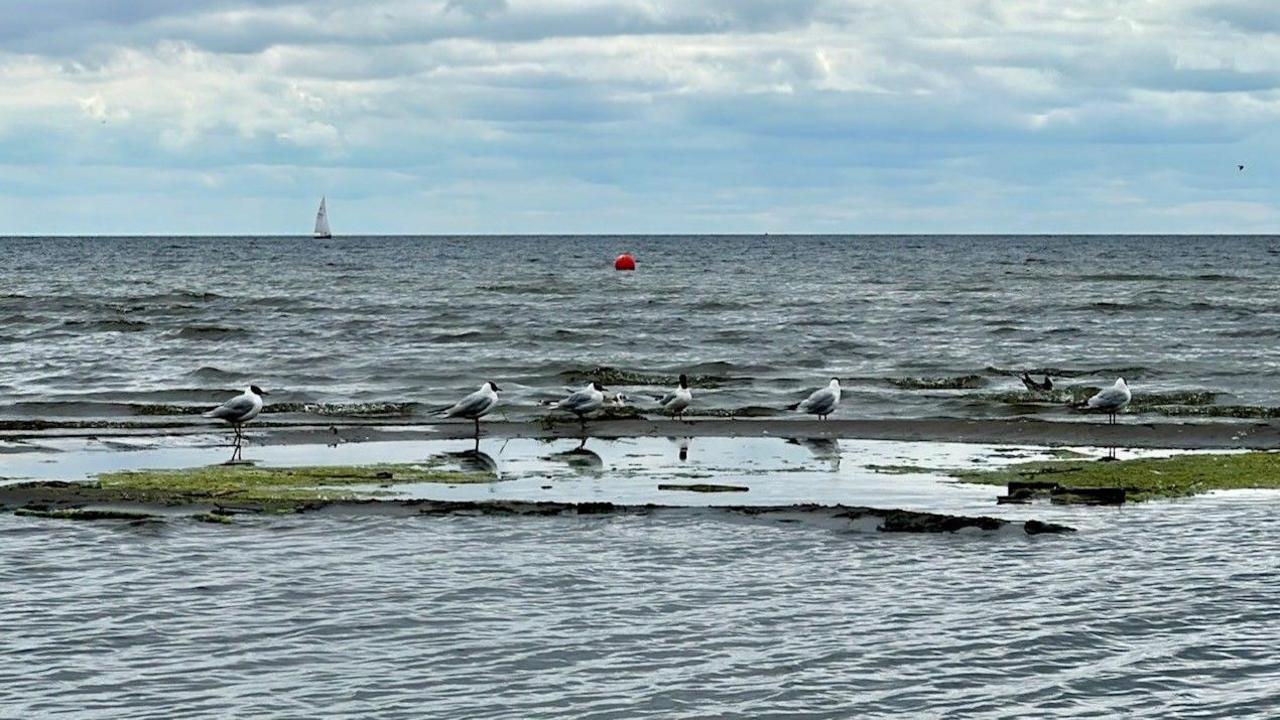
Lough Neagh is a popular site for birdwatchers and sailing
Has blue-green algae returned to Lough Neagh this year?
In July 2023, blue-green algae had appeared on Lough Neagh at a level not seen since the 1970s.
In 2024, the Department for Agriculture, Environment, and Rural Affairs (Daera) recorded 47 confirmed reports of blue-green algae.
Seventeen of these confirmed sightings have been on Lough Neagh.
On Tuesday, Daera advised people against bathing at Rea's Wood in Lough Neagh due to "the presence of a thick algal scum".
For more on this story you can catch-up on Spotlight's The Lough Neagh Monster, first broadcast in June 2024, here.
Related topics
- Published13 May 2024
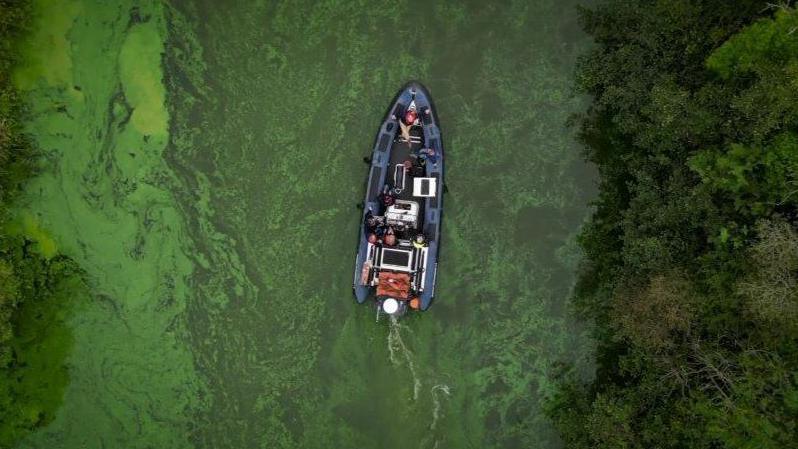
- Published7 March 2024
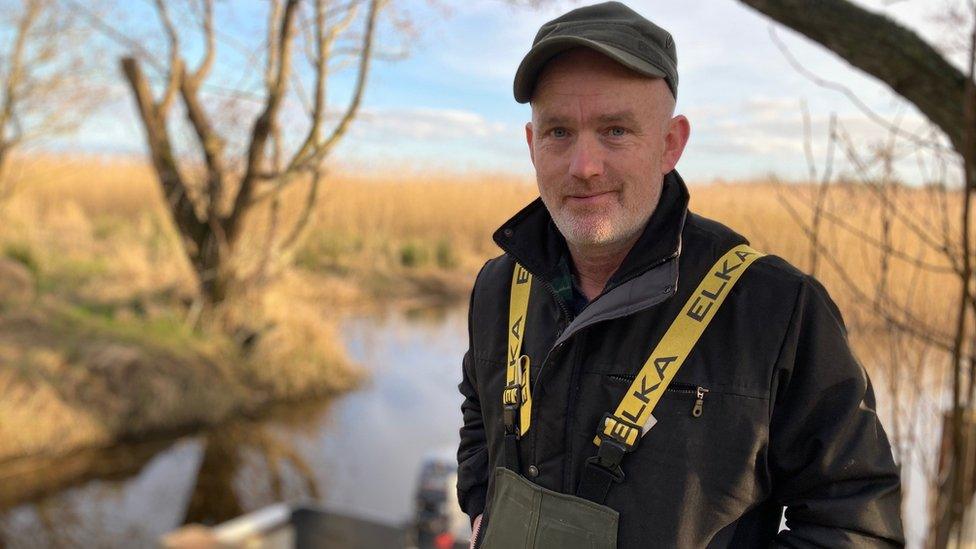
- Published22 February 2024
